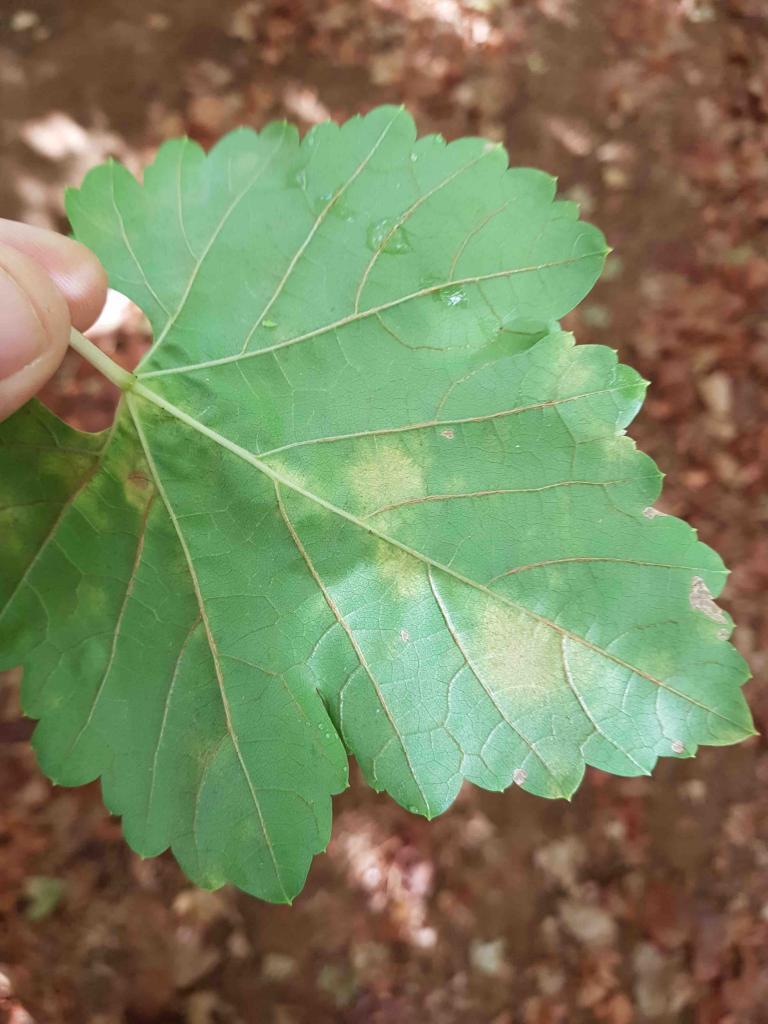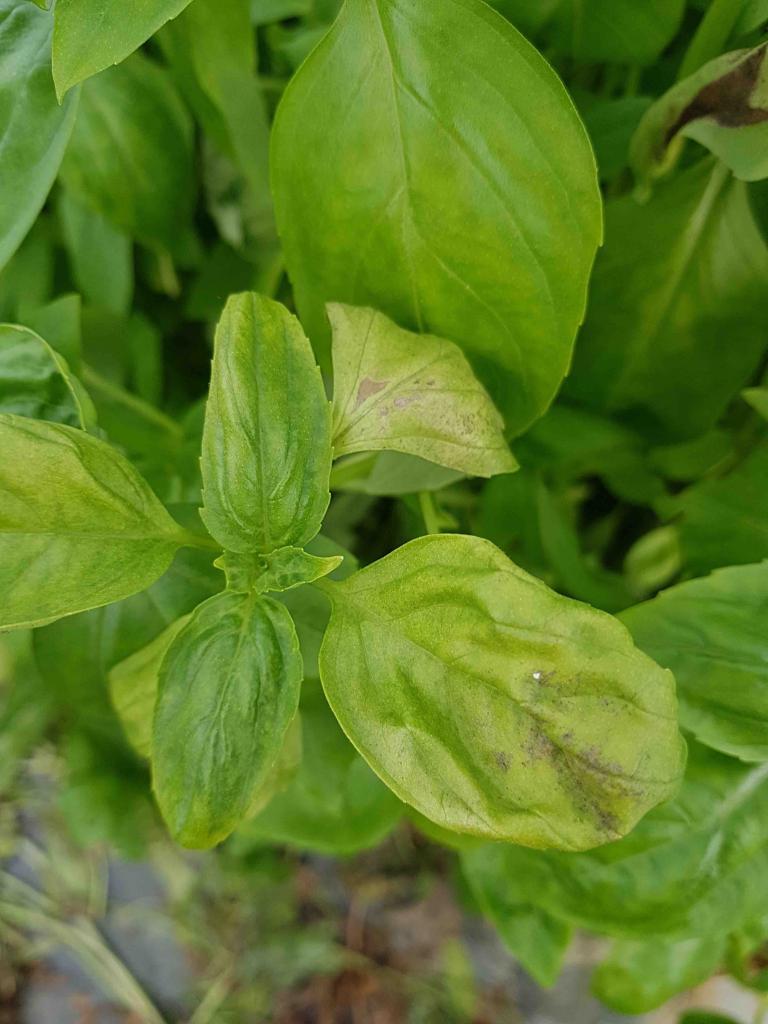Downy Mildew Alert
Downy mildew produces a gray to whitish, thin mycelium layer on lower leaf surfaces. The first sign of downy mildew on the upper side of leaves is yellowish, angular spots that are bounded by vines.
Downy mildew is a common fungal disease that favors relatively high moisture conditions, low light, and low temperatures. The disease is host-specific, meaning it can only infect plants from the same genus or family.
Monitoring: Make it a routine to monitor the field regularly and search plants for the presence of downy mildew on a weekly basis.
Moisture Reduction: Improve air circulation in closed structures, promote drying foliage, and shorten the duration of wetting periods by introducing net curtain vented areas.
Proper Soil Drainage: The presence of standing water will promote the spread of the downy mildew.
When long periods of high moisture are expected, or when infected plants have been observed, consider an application of fungicides every 7-14 days.
Don’t use products with the same active ingredient in consecutive treatments. Use fungicides belonging to different groups to prevent pathogens from developing resistance to a specific chemical.
The following is a list of generic names for fungicides known to help manage downy mildew and is sorted into groups according to their mode of action: Group 1: Dimethomorph, mandipropamid, iprovalicarb, and benthiavalicarb; Group 2: Metalaxyl and oxadixyl; Group 3: Propamocarb; Group 4: Potassium salts of phosphorous (phosphoric) acid; Group 5: Azoxystrobin, trifloxystrobin, pyraclostrobin, kresoxim-methyl H, and fenamidone; Group 6: Cymoxanil; Group 7: Mancozeb
Products based on tea tree oil and Potassium Hydrogen Carbonate+copper sulfate
Bacillus subtilis
*Names marked in red are considered to be highly poisonous to beneficial insects.
*Names marked in green are considered to be organic and IPM (integrated pest management) compatible.
Image Gallery


